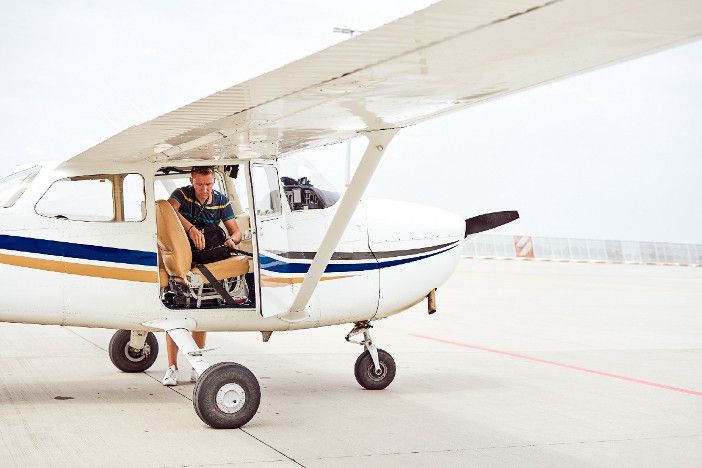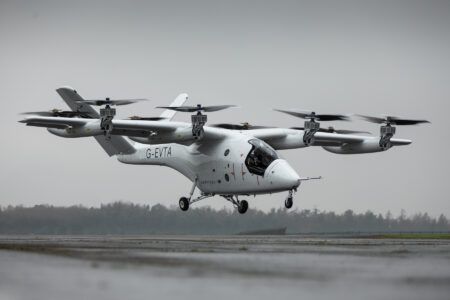Xwing, an autonomous aviation software company based in San Francisco, has announced it is to scale up its operations and recruiting activity after raising US$4m of funding.
Marc Piette, founder and CEO of Xwing, said, “Aviation is currently undergoing what will be a seismic shift. In the not-so-distant future, technology will dramatically change the way people and goods move and transform transportation.
“Xwing has brought together experts in optionally-piloted vehicles, unmanned systems, and certified avionics, to develop key autonomous flight technology and accelerate this change.”
The company, which was founded in 2016, aims to develop the technologies necessary for the fully-autonomous flight of general aviation aircraft and small passenger airplanes.
According to his blog post, Piette believes removing qualified pilots from general aviation aircraft will greatly increase the accessibility of aviation to society, decreasing operating costs and improving the efficiency of route networks and infrastructure.
The company’s early focus is on developing key functions of autonomous flight: sensing, reasoning, and control, using the input from sensors and data from air traffic control. It wants to install its autonomous pilot systems first in general aviation fixed-wing, rotorcraft and electric vertical takeoff and landing (eVTOL) aircraft.
Vic Singh, founding general partner of Eniac Ventures, the company which led the funding round, said, “The coming wave of eVTOLs coupled with the high-cost structure of the commercial aviation industry makes the timing perfect for autonomy. We are excited to support Marc and Xwing. We believe they are the best, most experienced team and have built the leading technology platform to make intelligent autonomous aviation a reality.”
Piette and his investors join a growing number of aviation entrepreneurs and engineers who believe autonomy is the next trend in aviation. In this Q&A, Draper Lab’s CEO and inventor of MEMS sensors, Ken Garbriel, identifies it as a key incoming technology and discusses its challenges and benefits.





